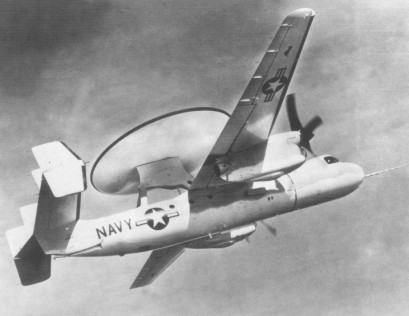Knowing your Enemy
Our good friend and blogger-in-arms, Mike (of NoAngstZone) has been having some connectivity problems of late (we suspect the ChiComs, but it’s likely a problem resident at Blogger HQ). In the interim, we’ve offered a temp home over here so here’s his first posting as a Guest Author. Welcome aboard Mike! – SJS
Knowing Your Enemy
One good way to do this is to see what your enemy thinks about you. Going along with this that, check out this PIREP from the most recent Air & Space Power Journal on the thoughts some PLAAF personnel had on a 2006 visit to the USAFA, Maxwell AFB, and Bolling AFB.
The first thing commented on is the joint atmosphere of the
“The
US military promotes the notion of joint operations, pursuing the vision of “global reach, global awareness, global power” and training its soldiers in real combat environments. One lasting impression that I had from ourUS trip was that theUS military pays great attention to developing capabilities for joint operations. It believes that war is not the business of any single service, theater, force, or soldier; instead, winning a war requires the joint operation of all people in all dimensions. Each theater has a unified command made up of all theUS services. A mixture of students from these services attends training in military schools. For major operations, all services join to form the centralized command. Even in logistics and deployments of armaments within a theater, theUS military uses joint supply methods. The USAF designs training with combat requirements and effects in mind. For example, at Maxwell AFB,Alabama , we watched a number of C-130 cargo planes frequently taking off and landing. An officer explained that they were sharpening their skills at landing on short runways in order to strengthen capabilities to project forces and supplies quickly in complex situations.”
I know a lot of us do a fair amount of complaining about the joint nature of the U.S. military and how everything may have become too purple, but I think it’s worth noting that we are light years ahead of a lot of the rest of the world’s militaries when it comes to joint operations.
I thought this comment about “political education” was particularly interesting:
“
US armed forces do not have political units or political officers. Instead, each organic unit has one chaplain. Yet, political education and moral mentoring successfully merge into the service members’ daily work and lives. In every location, we saw the national flag, service ensigns, and unit banners flying. From the Department of Defense in the Pentagon to a wing on a base—indeed everywhere—we found museums and heritage offices. Meeting rooms, hallways, and lobbies serve as halls of fame, decorated with photos of previous leaders, war heroes, trophies, and all kinds of souvenirs. AtAir University inAlabama , a museum dedicated to the heritage of enlisted members displays war heroes and their brave deeds, creating a full image of heroism. Some of theUS military bases we visited, such as Maxwell AFB and Bolling AFB, are named after war heroes. But we did not see many slogans posted on the walls of their buildings, except perhaps one that read “Integrity, Service, Excellence.””
I doubt most American military personnel would describe honoring our past heroes and heritage and taking pride in our unit as “political education,” but it’s completely natural that it would look that way to a Chinese military officer, especially a political commissar. This could serve as a reminder, perhaps, to not get too locked into your point of view when evaluating another military, especially aspects of their culture. (Cue reference to Edward T. Hall’s “Beyond Culture” here.) As an aside, that slogan on the wall they’re talking about is similar to one in the OTS Large auditorium at the OTS Complex, Maxwell AFB. I spent entirely too much time in there at the position of attention reading my FTM this past summer.
Those of you who like to rip on the junior service for our commitment to pleasant surroundings (read: golf courses) will find this next bit amusing:
“USAF colleges and academies do an outstanding job of creating an environment that subconsciously facilitates the education of students through pleasant sights and sounds. At the
USAF Academy and eachcollege ofAir University, one can see that the meticulous landscaping and displays on campus, on the training grounds, along the corridors, and in every exterior setting all reflect the distinct educational principles and concepts of different schools, conveying an atmosphere of culture, knowledge, and education.”
Nothing too in depth, obviously, but still interesting to get their take on the snapshot of the USAF they received.
Speaking of the ASPJ, the winter edition has a focus on COIN/IW. There’s a lot of good stuff in it, so be expecting more on that subject.


